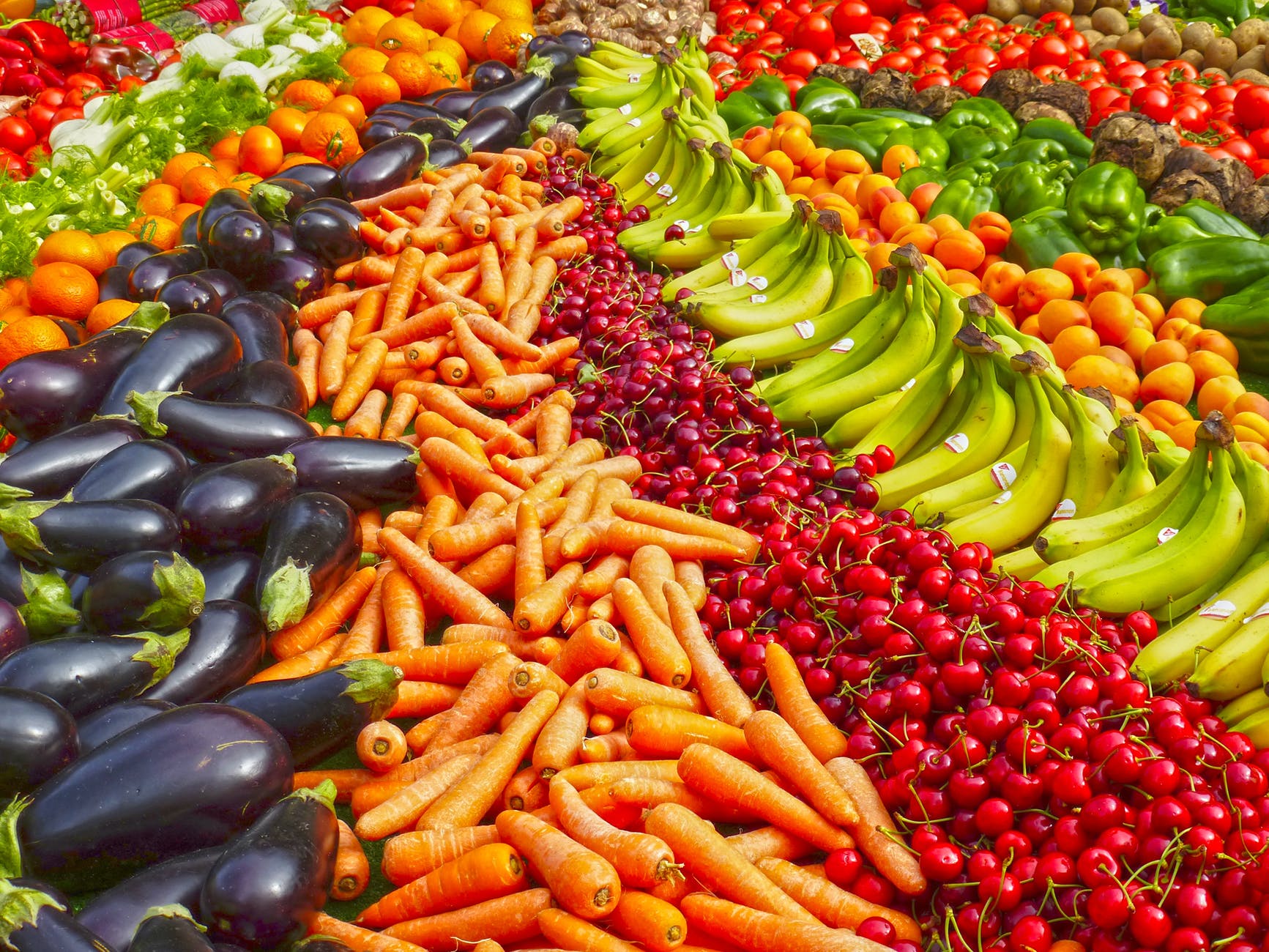Good nutrition and optimal growth are bases for a healthy body. Adequate and good nutrition is necessary for growth, immunity, intellect, life-long health, and recovery for illness. Growth is an essential factor in our kid’s well being and health. During every visit to the Pediatrician baby’s weight is recorded. So that, inadequate or excessive growth can be noted and necessary steps can be taken. Now how to introduce solid food for baby?

A new parent might lack knowledge and awareness of food. Weaning to solid can be quite an emotional and overwhelming experience for many. Like what to feed? How to feed? When to feed? What about breastfeeding and animal’s milk?
How to introduce solid food for baby? What should be a baby’s first food?
The World Health Organization (WHO) recommends that “Infants should be exclusively breastfed – i.e. receive only breast milk – for the first six months of life to achieve optimal growth, development, and health. “Exclusive breastfeeding” is defined as giving no other food or drink – not even water – except breast milk. Breast milk is the ideal food for the healthy growth and development of infants; breastfeeding is also an integral part of the reproductive process with important implications for the health of mothers. WHO recommends that infants start receiving complementary foods at six months (180 days) of age in addition to breast milk. Foods should be adequate, meaning that they provide sufficient energy, protein, and micro-nutrients to meet a growing child’s nutritional needs. Foods should be prepared and given in a safe manner to minimize the risk of contamination. Feeding young infants requires active care and stimulation to encourage the child to eat. Also, continue frequent, on-demand breastfeeding until 2 years of age or beyond.”
Complementary feeding
When breast milk is no longer enough to meet the nutritional needs of the infant, complementary foods should be added to the diet of the child. The transition from exclusive breastfeeding to family foods, referred to as complementary feeding, typically covers the period from 6 to 18-24 months of age and is a very vulnerable period. It is the time when malnutrition starts in many infants, contributing significantly to the high prevalence of malnutrition in children under five years of age worldwide.
Complementary feeding should be timely, meaning that all infants should start receiving foods in addition to breast milk from 6 months onward. It should be adequate, meaning that the complementary foods should be given in amounts, frequency, consistency and using a variety of foods to cover the nutritional needs of the growing child while maintaining breastfeeding.
The Guiding principles for complementary feeding of the breastfed child summarized below, set standards for developing locally appropriate feeding recommendations.
Guiding principles for complementary feeding of the breastfed child
- Practice exclusive breastfeeding from birth to 6 months of age, and introduce complementary foods at 6 months of age (180 days) while continuing to breastfeed.
- Continue frequent, on-demand breastfeeding until 2 years of age or beyond.
- Practice responsive feeding, applying the principles of psycho-social care.
- Practice good hygiene and proper food handling.
- Start at 6 months of age with small amounts of food and increase the quantity as the child gets older, while maintaining frequent breastfeeding.
- Gradually increase food consistency and variety as the infant grows older, adapting to the infant’s requirements and abilities.
- Increase the number of times that the child is fed complementary foods as the child gets older.
- Feed a variety of nutrient-rich foods to ensure that all nutrient needs are met.
- Use fortified complementary foods or vitamin-mineral supplements for the infant, as needed
- Increase fluid intake during illness, including more frequent breastfeeding, and encourage the child to eat soft, favorite foods. After illness, give food more often than usual and encourage the child to eat more.
Good complementary foods are
- Rich in energy, protein, and micro-nutrients (particularly iron, zinc, calcium, vitamin A, vitamin C, and folate);
- Not spicy or salty;
- Easy for the child to eat;
- Liked by the child;
- Locally available and affordable.
How much to feed?
| Age | Texture | Frequency | The amount at each meal |
| 6–8 months | Start with thick porridge, well-mashed foods Continue with mashed family foods | 2–3 meals per day, plus frequent breastfeeds Depending on the child’s appetite, 1–2 snacks may be offered | Start with 2–3 tablespoonfuls per feed, increasing gradually to ½ of a 250 ml cup |
| 9–11 months | Finely chopped or mashed foods, and foods that baby can pick up | 3–4 meals per day, plus breastfeeds Depending on the child’s appetite, 1–2 snacks may be offered | ½ of a 250 ml cup/bowl |
| 12–23 months | Family foods, chopped or mashed if necessary | 3–4 meals per day, plus breastfeeds Depending on the child’s appetite, 1–2 snacks may be offered | ¾ to full 250 ml cup/bowl |
Note: If a baby is not breastfed, give in addition: 1–2 cups of milk per day, and 1–2 extra meals per day.
Age-appropriate homemade weaning recipes
Introducing solid food is an exciting milestone for parents and children. It is the time when the introduction to varieties of food will help in inculcating healthy food habits and food preferences. Texture, taste, and colors play an important role here. Infants are developing motor skills like sitting unsupported or rolling back and forth. Their senses are emerging. It is an interesting period for them. Though kids are always interested in exploring, it just never stops. So, it is essential to feed proper complementary food during this phase. Giving a mix of cereals, veggies, and fruits would be healthy.
Points to remember
- The baby is able to sit.
- 3-day rule. you should wait for 2 to 3 days as you start giving a new food item to the baby, before introducing another new item. It would help to know about food allergy if any.
- One at a time – Familiarize the baby with one fruit or cereal or veggie before giving a mix of two or more. Example- give carrot puree then beet puree, then move to carrot and beet puree.
- Avoid – Cow’s milk, honey, salt, sugar, nuts.

Sharing my list of solid food that I introduced to Penguin as suggested by my doctor and other moms.
6 – 8 months
- Starting with moong dal water. Later graduating to moong dal puree
- Rice water
- Moong dal khichdi (Gradually add more veggies)
- Tomato soup
- Carrot and beet soup
- Pumpkin soup
- Mashed banana
- Boiled apple puree
- Apple pears mash
- Sapota mash
8 – 10 months
- Sooji kheer
- Wheat Kheer
- Fruity suji kheer
- Ragi porridge
- Ambil
- Dalia porridge
- Sooji upma
- Dalia upma
- Oatmeal
- Poha with milk
10 – 12 months
- Idli in dal
- Dosa
- Chilla
- Sabudana kheer
- Curd rice
12 – 23 months
The baby should enjoy family food. A regulation in salt, sugar, and spice in food helps. Our toddler loved having millets for breakfast.
Reference:
- http://www.who.int/features/qa/21/en/
- http://journals.sagepub.com/doi/pdf/10.1177/156482650602700406
- https://www.ncbi.nlm.nih.gov/books/NBK148957/
What are your suggestions? Did you found this post helpful? Do let me know.
Also, you might find a few resources really helpful in your solid food weaning journey.





Disclaimer: This post might contain affiliate links. These links provide me with a small percentage commission at no extra cost to you. For more information read the disclosure.
Image by yalehealth from Pixabay


Informative n helpful post to new parents. Nice
Glad you found this helpful, Ramya.
Pingback: Tiny but mighty! The brave story of my IUGR baby - Life with my Penguin
Pingback: 10 things to try before the baby turns ONE - Life with my Penguin
Pingback: Evolution of parenting - Life with my Penguin
I wish to convey my admiration for your kindness in support of those individuals that actually need assistance with the situation. Your real commitment to passing the message up and down became pretty insightful and has surely helped men and women like me to arrive at their goals. Your entire warm and helpful tutorial denotes a whole lot a person like me and still more to my colleagues. With thanks; from each one of us.